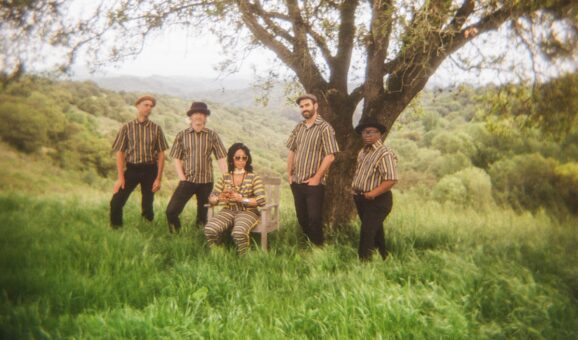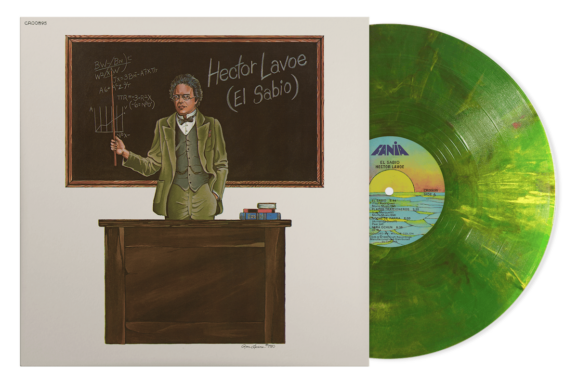Interplay captures a rare moment when Bill Evans steps outside his familiar trio setting and invites a handful of peers into a musical conversation that feels both relaxed and thrilling. Recorded in July 1962 in Los Angeles and released the following summer, this session finds Evans alongside trumpeter Freddie Hubbard, guitarist Jim Hall, bassist Percy Heath, and drummer Philly Joe Jones—five musicians whose combined presence brings fresh colors to each tune. As part of Craft Recordings’ Original Jazz Classics series, Moon Beams is being reissued on 180-gram vinyl from lacquers cut from the original stereo tapes (AAA) by Kevin Gray at Cohearent Audio.
The album opens with “You and the Night and the Music,” and you immediately sense the spirit of give-and-take that defines the entire record. Evans’s piano dances lightly around the melody, never overstating its importance but always guiding the group’s direction. Hubbard’s trumpet cuts through with a bright tone, punctuating key moments without overpowering the band. Meanwhile, Hall’s guitar provides a soft, almost conversational counterpoint; his chord voicings fill the spaces between piano lines. On the rhythm side, Heath’s bass is both supportive and melodic; he anchors the harmonic structure while occasionally stepping forward with brief, tasteful flourishes. Philly Joe Jones, known for his crisp, propulsive drumming, adapts his touch to fit the group’s needs, alternating between gentle brushes and lively stick work so that every solo breathes with space. “When You Wish Upon a Star” presents a more reflective side of the quintet. Evans’s touch is hushed, the notes lingering as though he’s savoring each one, while Hall’s guitar chords shimmer underneath, creating a cozy backdrop. Hubbard approaches the melody with a soft sensibility, choosing his notes carefully to maintain a dreamy atmosphere.
The titular track showcases the album’s balancing act between structure and spontaneity. Built on a short, catchy riff, this midtempo piece becomes a springboard for improvisation. Each musician takes a turn developing the theme: Evans usually starts, laying out the initial idea before each musician builds from the theme. You hear them listening to one another, responding instantaneously, exactly what the album’s title promises. The album also includes two takes of “I’ll Never Smile Again.” The first take is soft and introspective, almost as if the group is tiptoeing through the melody, gently reminding listeners of the tune’s bittersweet origin. In the second take, there’s a subtle shift: the tempo is a hair more buoyant, and Evans’s playing feels a touch more hopeful, as if he’s suggesting that even a song rooted in melancholy can find its brighter side. Comparing the two versions side by side highlights how small changes in touch, tempo, or phrasing can alter the listener’s emotional experience.
Taken as a whole, Interplay isn’t about groundbreaking innovation. It’s about five seasoned players engaging with familiar landscapes in a way that feels natural and unforced. It gives off that feeling of showing up to a club and watching seasoned musicians playing off each other. It helps, too, that the record sounds so clean that you can close your eyes and imagine that you are in that imaginary club. For anyone who enjoys melodic invention, warm group dynamics, and moments of genuine surprise, this album remains a delightful chapter in Bill Evans’s legacy.








